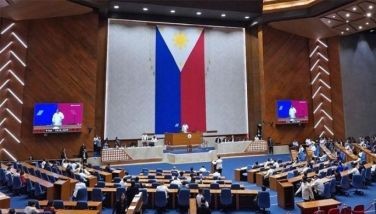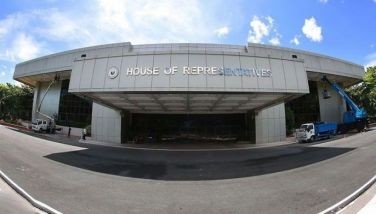Creative industries seen among drivers of the economy
MANILA, Philippines — The Department of Trade and Industry (DTI) is pushing for the development of the local creative industries to serve as among the drivers of the country’s post-pandemic economic growth.
“We believe that our creative industries can help drive our country’s economic growth in the post-pandemic future,” Trade Secretary Ramon Lopez said during the Creative Futures online conference Monday.
He said the creative industry sector is not just seen as a potential service industry winner for the country next to the business process outsourcing sector, but also as an important source of trade and investment opportunities for micro, small and medium enterprises.
Amid lockdowns imposed in response to the pandemic, however, he said many of the country’s creative industry establishments were affected, with some forced to apply alternative work arrangements and others even stopping operations.
Last year, the number of local creative establishments reached 305,070, accounting for 30.5 percent of the country’s total establishments.
Prior to the pandemic or in 2019, the creative industries provided 4.8 million jobs or 11.3 percent of total employment.
In the same year, the sector’s exports were valued at $6.8 billion or six percent of total exports, while industry investments amounted to P281 million of total approved investments by investment promotions agencies.
In 2018, the Philippines also ranked first in the Association of Southeast Asian Nations for creative services exports, and fifth in total creative exports.
Citing the Philippines’ performance in the 2020 Global Innovation Index where it ranked 57th in creative outputs and 10th in terms of creative goods exports, Lopez said the country holds a strong position in terms of creative industries.
Under the Creative Economy Roadmap submitted by the Creative Economy Council of the Philippines, the aim is for the country to become the top creative economy in Southeast Asia by 2030 in terms of size and value.
It is also looking at the country being number one in terms of having competitive and attractive creative talent and content in international markets.
To realize this goal, Lopez said the proposed Philippine Creative Industries Act spearheaded by Pangasinan Rep. Christopher de Venecia is being pushed to provide an enabling policy and governance framework for creative industries.
De Venecia said the bill seeks to establish a council composed of the heads of the DTI, Department of Education, Department of Science and Technology, National Commission for the Culture and the Arts, Commission on Higher Education, Department of Tourism, and the Department of Information and Communications Technology, as well as private sector representatives in the following domains: audio and audiovisual media; digital interactive media; creative services: design; books, publishing and printed media; performing arts; visual arts; traditional cultural expressions; and cultural sites.
Also part of the bill is the creation by the DTI and the National Economic and Development Authority of the Philippine Creative Industries Development Plan, with measurable goals and key performance indicators.
In addition, De Venecia said the bill would allocate P5 billion to support the development of the creative industries with P250 million to be used for soft loans and P250 million for venture funds that the National Development Co. can use to invest in creative firms.
- Latest
- Trending






























